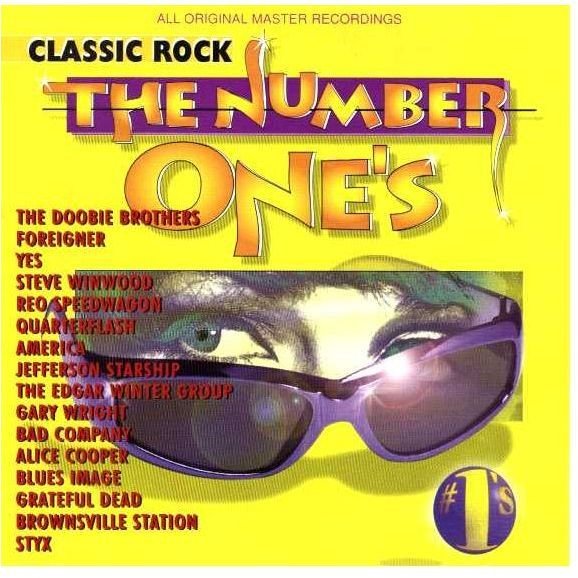When To Use An Apostrophe
Contractive Forms
When used in contractions, the apostrophe is used in place of letters. This function is straightforward in most cases. The words not, will, is, am, are, and have are respectively contracted as n’t, ’ll, ’s, ’m, ’re, and ’ve. Some contractions are used for multiple words. For example, an apostrophe followed by the letter D is short for would, did, and had. The apostrophe S is less frequently used as a contraction for the words ‘does’ and ‘has.’
.
Pluralizing Numbers, Letters, and Symbols
Oftentimes, the only reason to use an apostrophe with an S is if not using it would result in misinterpretation. For example, if you use an S to pluralize another letter, it’s preferable to leave out the apostrophe. In the expression, “Mind your Ps and Qs,” it’s not necessary to use apostrophes because there’s no mistaking “Ps and Qs” for two-letter words. Consider the next sentence; “U’s are often used after Qs.” The apostrophe is needed after the letter U - otherwise the sentence might be misread as “Us are often used.”
If an S is used to pluralize numbers (i.e. the 2000s) or symbols (%s), no apostrophe is needed because there is no mistaking the meaning without one. To show you some examples of incorrect use, I’ve provided a scanned image of a music CD cover in my collection. In both instances (“the number one’s” and "#1’s") the apostrophe is unnecessary. A good general rule is to check and see if an apostrophe is required for clarity before adding one.
Possessive Forms
Rules for possessive apostrophe usage begin with adding an apostrophe S to the end of a name (Mary’s) or a noun (publisher’s) if you want to indicate possession of some object or quality (i.e. Mary’s desktop; publisher’s article). There are, of course, a number of exceptions to this rule. The problem lies with the fact that both the apostrophe and the letter S have grammatical functions independent of each other, and context often causes their usage rules to conflict.
When the letter S occurs naturally at the end of a word (such as “bass,”) using apostrophe S is correct (i.e. the bass’s rhythm). If the letter S is used to form a plural noun, add only an apostrophe after the S which forms the plural to indicate possession (i.e. the kids’ toys as opposed to the kids’s toys.) In cases where pronunciation becomes awkward by adding another S, adding just an apostrophe to the end of the word is required (i.e. for goodness’ sake vs. goodness’s sake). If it doesn’t sound right, it’s better to leave out the S.
Separate vs. Joint Possesion
In the case where more than one noun or proper name is used, the first noun doesn’t require the use of apostrophe S if joint possession is indicated. We can safely assume in the sentence “Jill and Jack’s dogs attacked the mailman,” that the dogs are owned by both Jack and Jill, as opposed to interpreting the sentence as, “Jack’s dogs and Jill attacked the mailman.” If the phrase is changed to “Jill’s and Jack’s dogs,” it implies that Jill and Jack do not own the dogs together. Rather, they own separate (but equally bad) dogs.
Its vs. It’s
Here is another instance where conflicting rules require an exception. Just remember, always, that “It’s” is a contraction (i.e. “it’s raining, it’s pouring.”) When the word it is used in a possessive sense, add an S, but don’t add an apostrophe. To put this in context, if you’re writing about the proper use of a semicolon, you might say “its purpose is to separate items that contain commas.” You wouldn’t use the phrase “it’s purpose,” even though the purpose is the semicolon’s (its) possession. To use an apostrophe would be to imply “it is purpose is to separate,” which is obviously incorrect.
With this understanding, you can now be sure of when to use an apostrophe (as well as when not to).
